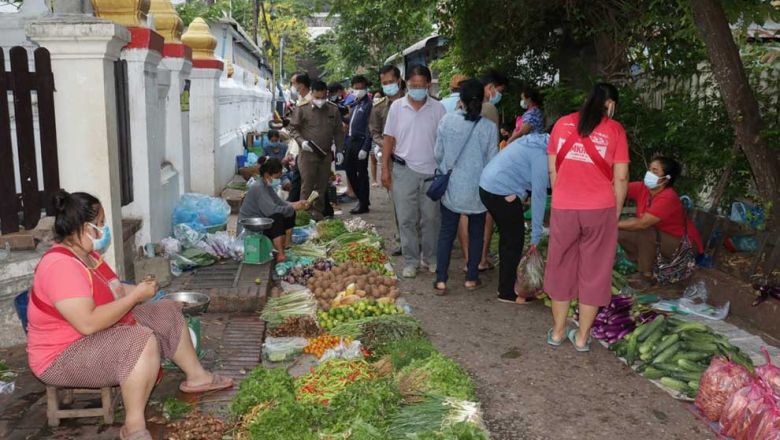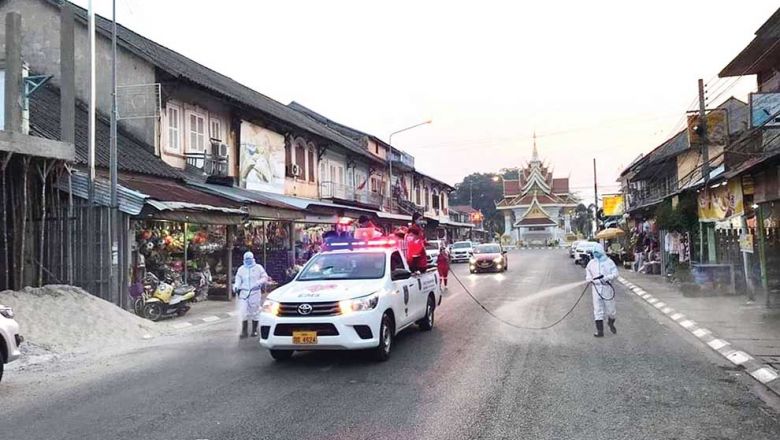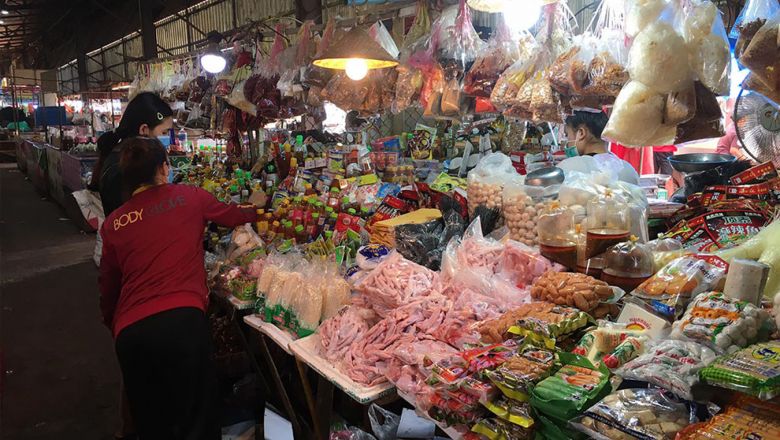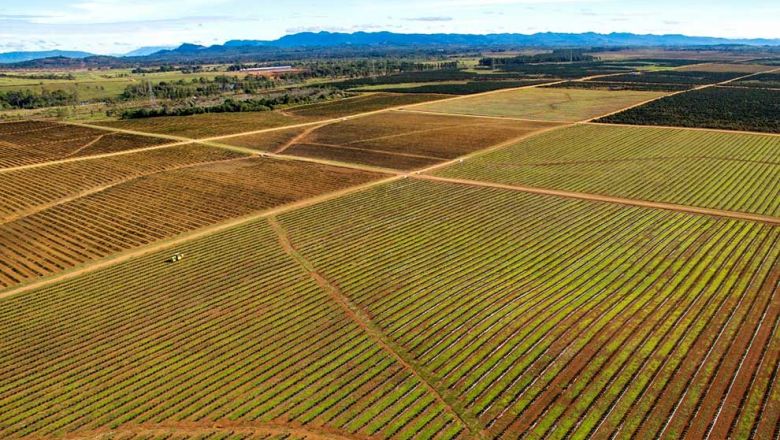Huaphan eyes growth exceeding 9 percent
Huaphan eyes growth exceeding 9 percent
Huaphan provincial authorities are projecting economic growth to reach 9.97 percent this fiscal year with GDP (gross domestic product) forecast to exceed 2.1 trillion kip.
The province plans to achieve 9.97 percent economic growth with per capita GDP expected to reach 7.3 million kip or over US$914, an increase of US$50 compared to the previous fiscal year.
According to the province's report on the socio-economic development plan, it will strengthen growth in agriculture to 4.12 percent, which currently represents around 43 percent of GDP.
Growth of 11.62 percent was forecast for the industry sector, which represents about 18 percent of GDP while 11.64 percent growth is targeted for services, which represents 38 percent of GDP.
In 2015-2016, Huaphan received around 458 billion kip from the state budget, including 120 billion kip for domestic investment and 337 billion kip for foreign investment.
The province expects to receive grant aid and loans of around US$89 million for 23 investment projects, including US$3.8 million in loans for two projects, as well as US$85 million in grant aid for 21 projects.
The domestic and foreign private sectors have invested over US$471 million in 240 projects in the province, including US$284 million in domestic investment and over US$184 million in foreign investment.
Another US$2 million was recorded for integrated domestic and foreign investment.
Huaphan will strive to collect revenue of over 59 billion kip into the provincial budget and has set a target to record expenditure of less than 486 billion kip.
The province expects to earn more than US$23 million from exports and US$17 million from imports, while the banks are expected to record over 782 billion kip in deposits and over 585 billion kip in loans.
To achieve the plan, all sectors should take full responsibility in implementing the socio-economic development plan based on the resolution of the 10th Provincial Party Congress and the province's 8th Five Year Socio-Economic Development Plan, which is focused on solving issues of development and difficulty.
The various sectors and districts should actively contribute in implementing the government's policies, especially the four breakthroughs, the ‘Three Builds' directive, and the Millennium Development Goals or Sustainable Development Goals related to their development plan.
The relevant sectors should also promote private investment to help expand production bases, ensure a better quality of products and improve production and services in more effective ways.
The authorities have to pay attention to monitor, inspect and evaluate projects to ensure they will be implemented effectively and abide by the relevant regulations and laws.
The relevant sectors should protect and repair infrastructure such as the roads, irrigation systems, and dikes damaged by natural disasters to ensure they will be restored in time to enable farmers to plant their crops.
The concerned authorities should also expand and construct infrastructure in areas of production, to support border trade and rural production along with small enterprises, so that people can distribute their agriculture and handicraft products.

















